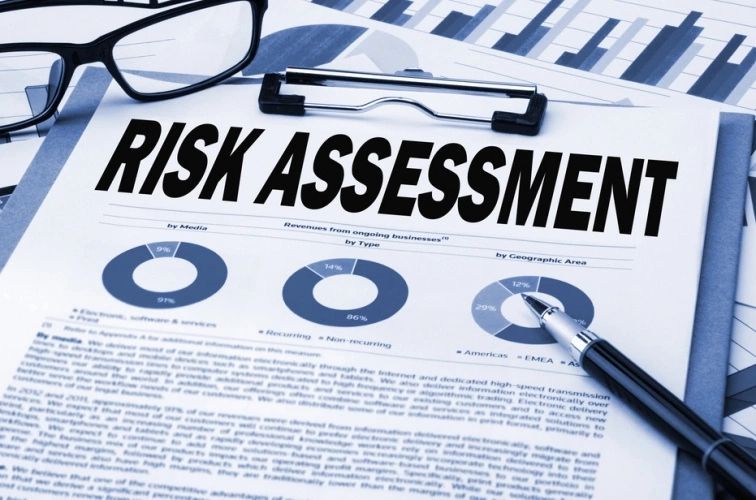Dynamic risk assessment may be defined as the continuous process of identifying hazards, assessing risk, taking action to eliminate or reduce risk, and reviewing as circumstances change.
Dynamic risk assessment should be used when:
- An unusual situation exists not foreseen in the existing risk assessments
- A rapidly changing or emergency situation exists where risk may change and require either different controls or avoidance of the risk
Dynamic assessments are judgments made by operational personnel who have the competence to continually evaluate and manage risk. Unusual, adverse, or aggravated conditions must be taken into account. A brief record may be made that a dynamic Risk Assessment was carried out, by whom and when.
In the circumstances of an immediate issue or an emergency incident, experience has shown that it is impractical to expect the assessor to complete a checklist or form.
During the dynamic (rapidly changing) phase, the decision-making process involves analysing and reviewing the risks and benefits presented by the incident, selecting an appropriate response (system of work), and making a judgement on whether the risks are proportional to the benefits.
Personal Responsibilities
Each Individual MUST Accept Responsibility for his or her own safety. Every person needs to ensure they are:
- Capable of performing the tasks assigned
- Self-disciplined to work within accepted guidelines
- Adaptable to changing circumstances
- Vigilant for his or her own safety, vigilant for the safety of their colleagues and others
- Able to recognize and express his or her own limitations
Dynamic Risk Assessment Process
It is important that the outcome of a risk assessment is recorded, preferably in a way that is ‘time stamped’ for later retrieval and analysis.
INITIAL ASSESSMENT
There are 5 steps to the initial assessment of risk:
- Evaluate the situation, tasks, and persons at risk
- Select safe systems of work
- Assess the chosen systems of work
- Introduce additional control measures
- Re-assess systems of work and additional control measures.
Step 1: Evaluate the Situation, Tasks, and Persons at Risk
In order to identify hazards, the assessor will initially need to consider
- Operational information available from planning, previous experience, area familiarisation etc.
- The nature of the tasks to be carried out
- The hazards involved in carrying out the tasks, including weather, location, or other aggravating factors
- The risks involved
- The resources that are available, e.g. supervision, experienced personnel, equipment, specialist advice.
Step 2: Select Safe Systems of Work
The assessor will then need to review the options available in terms of standard procedures and the possible systems of work and choose the most appropriate for the situation.
Step 3: Assess the Chosen Systems of Work
Once a course of action has been determined the assessor needs to make a judgement as to whether or not the risks involved are proportional to the potential benefits of the outcome.
If YES proceed with the tasks after ensuring that:
- Objectives are understood;
- Responsibilities have been clearly allocated; and
- Safety measures and procedures are communicated and understood.
If NO then go back to step 2, or if no other safe system of work is available, stop the work and review other options.
Step 4: Introduce Additional Control Measures
The assessor will need to eliminate, or reduce, any remaining risks to an acceptable level, if possible, by introducing additional control measures, such as:
- Use of additional PPE or equipment
- Use of specialised equipment
- Modified procedure
Step 5: Re-assess Systems of Work and Additional Control
Even when safe systems of work are in place, there may well be residual risks. Where such risks remain, the assessor should consider the degree of benefit to be gained from carrying out the tasks against the possible consequences.
- If the benefits outweigh the risks, proceed with the tasks
- If the risks outweigh the benefit, do NOT proceed with the tasks, but consider viable alternatives.
DURING THE TASK
Changing circumstances may make the original course of action inappropriate, for example:
- The weather may deteriorate or improve
- New hazards and their associated risks may arise
- Existing hazards may present different risks
- Personnel may become fatigued.
Assessors need to manage safety by constantly monitoring the situation and reviewing the effectiveness of existing control measures.








